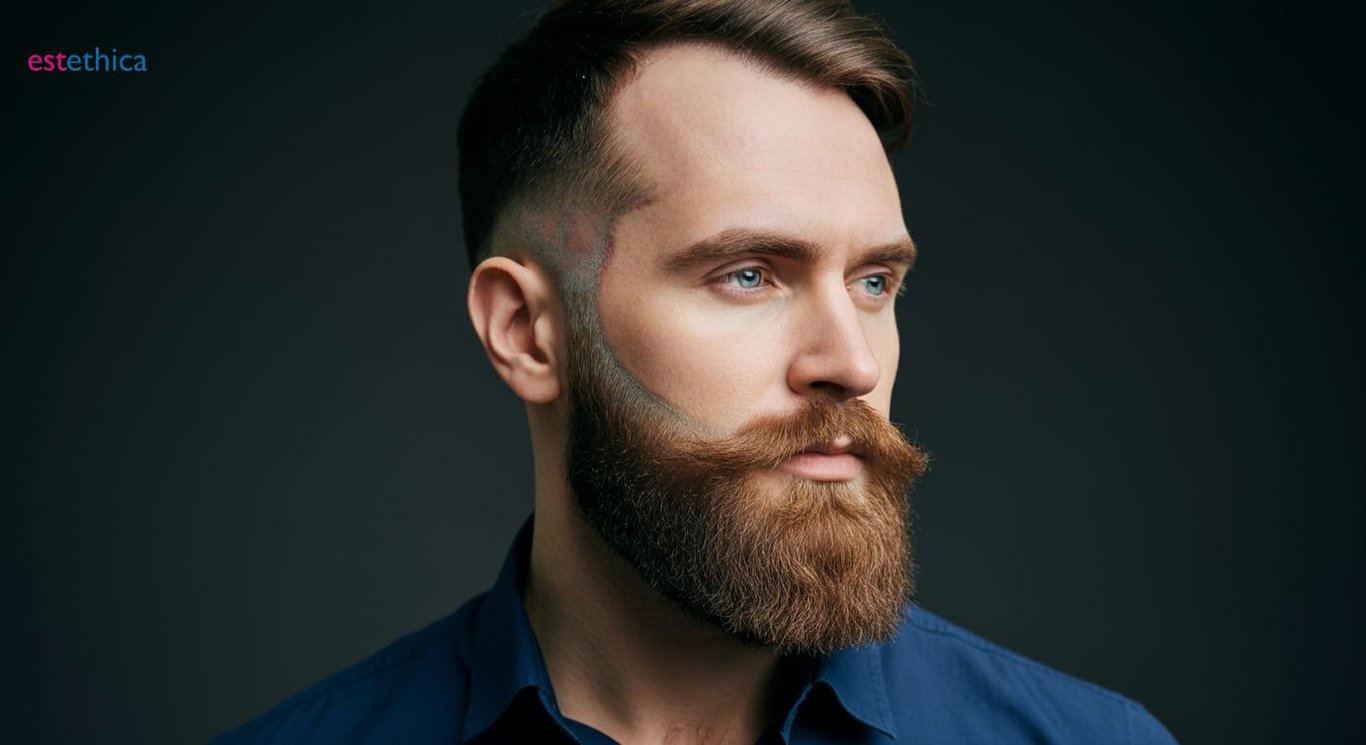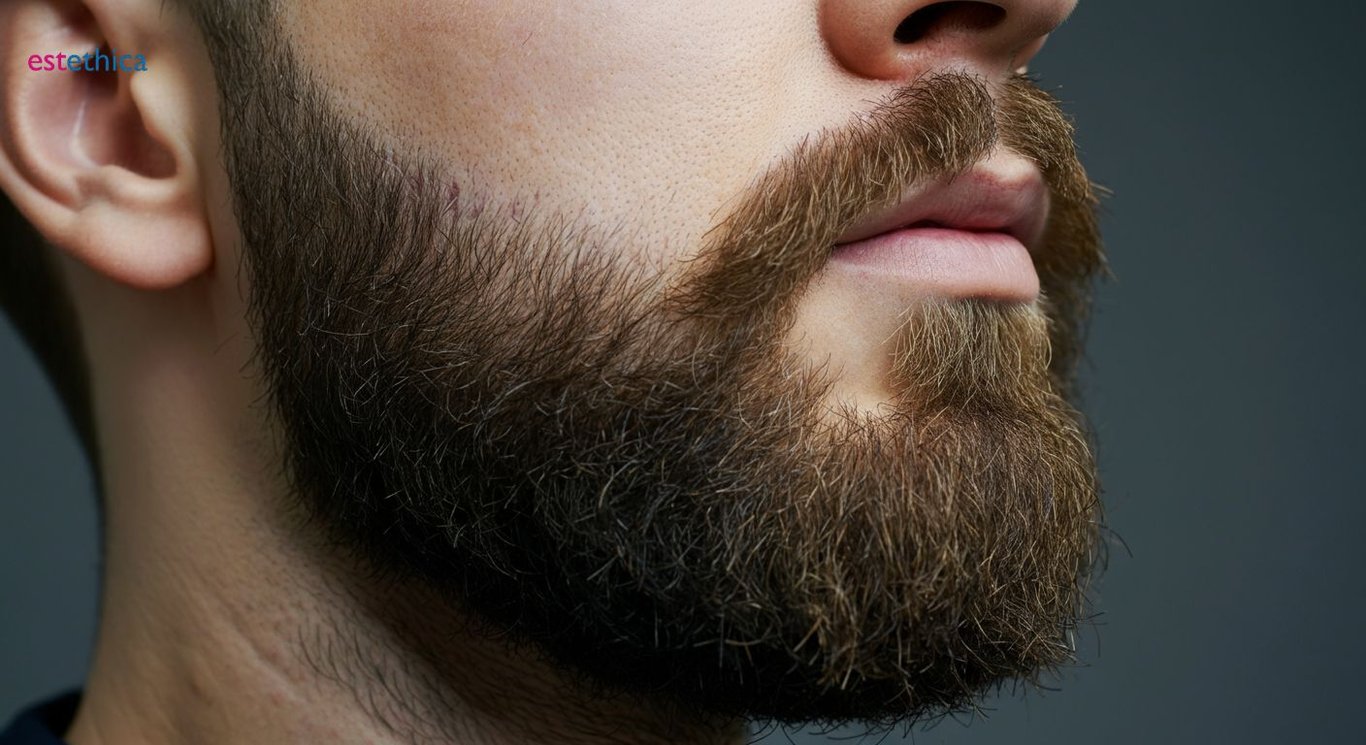Transform Your Look: The Ultimate Guide to Beard Transplantation
Explore the transformative process of beard transplantation and learn how to achieve the ideal beard.
Delve into the transformative world of beard transplantation, a solution for those seeking fuller and more symmetrical facial hair. This comprehensive guide covers what you need to know about the procedures involved, techniques used, and post-surgery care to ensure optimal results. As beard trends continue to grow in popularity, understanding the nuances of this aesthetic procedure is crucial for anyone considering a beard transplant.
Understanding the Beard Transplant Process
Exploring the Beard Transplant Procedure
Beard transplantation is a popular solution for those seeking fuller facial hair. The process begins with a consultation to assess facial structure and desired outcomes. A widely used technique is Follicular Unit Extraction (FUE), where hair follicles are meticulously harvested from the back of the scalp and implanted into the beard area. This minimally invasive procedure ensures natural-looking results, enhancing facial aesthetics.
Key Benefits of Beard Transplantation
- Natural appearance with seamless integration into existing facial hair.
- Permanent solution for patchy or thin beards.
- Boosts confidence and personal style.
For those struggling with patchy beards, this procedure offers a transformative solution. By using the FUE technique, individuals can achieve a fuller, more defined beard that complements their facial features. This approach not only enhances appearance but also provides a lasting solution to facial hair concerns.
Steps in the Beard Transplant Process
- Initial consultation to discuss goals and assess facial structure.
- Extraction of hair follicles using the FUE technique.
- Implantation of follicles into the desired beard area.
Each step is carefully executed to ensure optimal results. The initial consultation is crucial for setting realistic expectations and planning the procedure. During the extraction phase, precision is key to maintaining the integrity of the hair follicles. Finally, the implantation process is tailored to achieve a natural and aesthetically pleasing beard.
For more detailed insights into beard transplants, you can explore Mastering Beard Transplants: Your Ultimate Guide to Facial Hair Restoration.

Top Techniques for Effective Facial Hair Restoration
Innovative Methods for Natural Beard Transplants
Beard transplants have evolved with innovative techniques ensuring natural results. The Direct Hair Implantation (DHI) method stands out by using an implanter tool for precise follicle placement. This technique minimizes trauma and accelerates healing, offering a seamless integration with existing facial hair.
Understanding Beard Transplant Pricing Factors
- Geographical location of the clinic can influence pricing.
- Experience and reputation of the surgeon play a role.
- Complexity and size of the transplant area affect costs.
While pricing varies, understanding these factors helps in making informed decisions. Clinics in metropolitan areas may charge differently compared to those in smaller cities. Additionally, a surgeon's expertise can impact the overall cost, reflecting their skill and success rate.
- Initial assessment to determine the best technique for the individual.
- Selection of the DHI method for its precision and reduced recovery time.
- Post-procedure care to ensure optimal healing and results.
Each step in the process is tailored to the individual's needs, ensuring a personalized approach to facial hair restoration. The choice of technique, such as DHI, is crucial for achieving a natural look and feel, enhancing both appearance and confidence.

Is a Beard Transplant Right for You? Key Considerations
Evaluating Your Suitability for a Beard Transplant
Determining if a beard transplant is suitable involves assessing several personal factors. Understanding the root cause of hair loss is crucial, as it can influence the success of the procedure. For instance, genetic factors might make you a better candidate compared to those with hair loss due to medical conditions.
Your overall health plays a significant role in the decision-making process. Individuals with chronic illnesses or those on certain medications may face complications during or after the procedure. Consulting with a healthcare professional can provide insights into any potential risks or contraindications.
Factors Influencing Beard Transplant Decisions
- Understanding the underlying cause of hair loss is essential.
- Overall health and medical history can impact eligibility.
- Setting realistic expectations for post-transplant results is crucial.
Realistic expectations are vital for satisfaction with the outcome. While a beard transplant can enhance facial hair density, it may not achieve the exact look envisioned. Discussing potential results with a specialist can help align expectations with achievable outcomes.
- Consult a specialist to evaluate the cause of hair loss.
- Assess overall health to determine procedure safety.
- Set realistic goals for the transplant results.
Each step in the evaluation process is essential for ensuring that a beard transplant aligns with your aesthetic goals and health considerations. By thoroughly assessing these factors, you can make an informed decision about whether this procedure is right for you.

Post-Transplant Care: Ensuring Optimal Growth and Health
Essential Post-Transplant Practices for Beard Health
Post-operative care is crucial for the success of a beard transplant. Following the procedure, it's important to avoid rigorous activities that might strain the facial area. Gentle cleansing routines are recommended to maintain hygiene without disturbing the newly implanted follicles. Additionally, adhering to prescribed medications can prevent infections, promoting healthy growth.
Key Factors for Optimal Beard Transplant Recovery
- Adopt a gentle cleansing routine to protect new follicles.
- Avoid strenuous activities to prevent strain on the facial area.
- Follow medication guidelines to reduce infection risks.
These practices not only ensure the longevity of the transplanted hair but also contribute to a natural and healthy appearance. By prioritizing these recovery steps, individuals can maximize the benefits of their beard transplant, achieving the desired aesthetic results.
- Begin with a gentle cleansing routine to maintain hygiene.
- Avoid physical activities that might impact the facial area.
- Adhere to prescribed medications to support healing.
Each step in the recovery process is designed to support the transplanted hair's growth and integration. By carefully following these guidelines, individuals can ensure their beard transplant not only meets but exceeds their expectations in terms of appearance and durability.
Innovative Techniques in Beard Transplantation
Post-Transplant Care for Optimal Results
Frequently Asked Questions
What is a beard transplant and how does it work?
What are the best techniques for facial hair restoration?
Is a beard transplant safe and what are the risks involved?
What post-transplant care is necessary for optimal beard growth?
How do I know if a beard transplant is right for me?
Discover the Path to 'Healthy Beauty' with estethica! Call Now for Your Free Consultation and Start Your Journey to Confidence and Wellness.
📞 Speak with Our Experts Today!